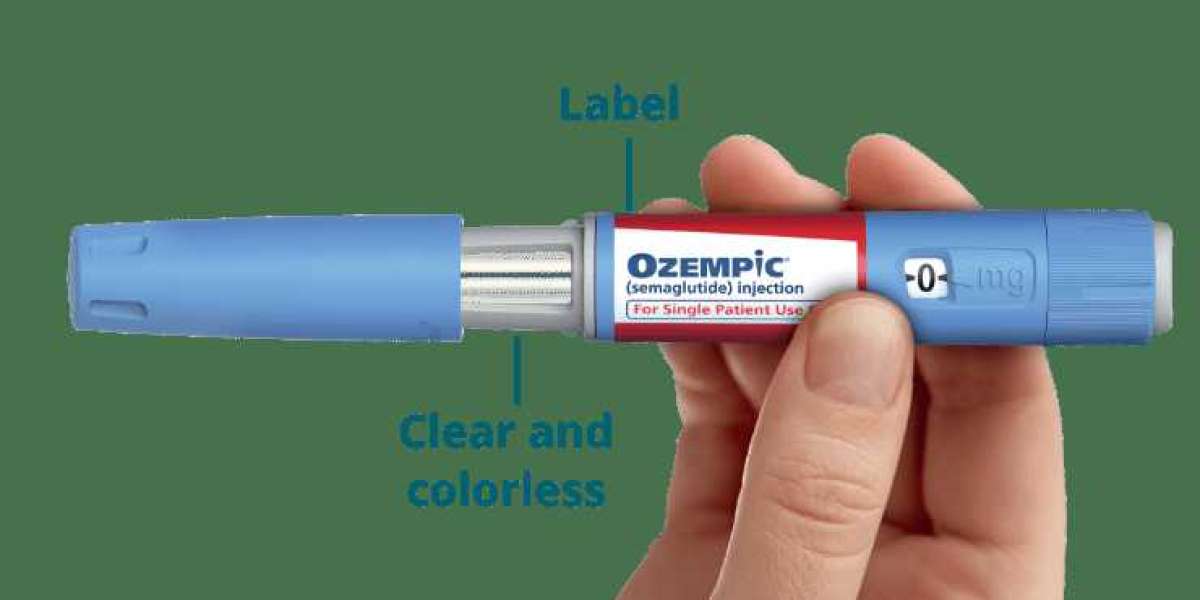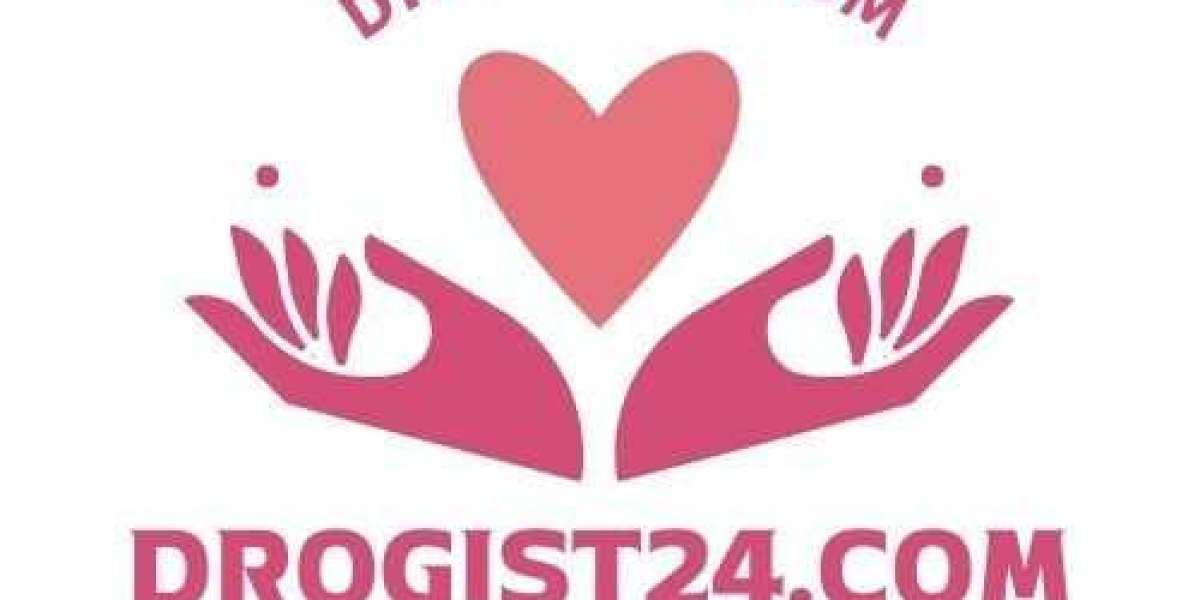When managing chronic health conditions like type 2 diabetes or obesity, Ozempic has emerged as a breakthrough medication for many patients. However, one of the significant barriers to effective treatment is the Ozempic needle pricing. High out-of-pocket costs for the medication and its associated needles can significantly impact a patient's ability to stay consistent with their prescribed regimen. In this blog, we will explore the connection between Ozempic needle prices and medication compliance, the factors that contribute to the financial burden, and strategies for improving adherence despite these costs.
What Is Medication Compliance?
Medication compliance, often referred to as adherence, is the degree to which a patient correctly follows the prescribed treatment regimen. This includes taking the correct dosage at the correct times and maintaining the recommended frequency of medication. Non-compliance with medication is a significant concern in chronic disease management, as it can lead to worsened health outcomes, disease progression, and an increased risk of complications.
For patients prescribed Ozempic, compliance is essential for achieving optimal results. The medication works to regulate blood sugar levels and aid in weight loss, but only if taken consistently as directed by a healthcare provider. However, as the cost of Ozempic needles continues to rise, it becomes increasingly difficult for some patients to stay on track with their treatment.
How High Ozempic Needle Prices Affect Compliance
1. Financial Barriers
The most obvious reason Ozempic needle prices سعر ابرة اوزمبك can impact compliance is the financial barrier they create. Without adequate insurance coverage or financial assistance, patients may find themselves unable to afford the monthly cost of Ozempic. For many, the expense becomes overwhelming, forcing them to make difficult decisions—such as whether to purchase their medication or pay for other essential needs like food, rent, or utilities.
Without the medication, patients may be forced to skip doses or stop treatment altogether, leading to suboptimal outcomes. Ozempic needle prices can also lead to patients only partially completing their treatment or using the medication less frequently than prescribed, which can negatively affect their health.
2. Treatment Gaps
For those unable to afford Ozempic consistently, treatment gaps are a significant issue. When patients miss doses due to cost concerns, the medication becomes less effective at regulating blood sugar and supporting weight loss goals. These gaps can result in fluctuating blood sugar levels, weight gain, and increased risks for complications such as heart disease, nerve damage, and kidney problems.
Over time, inconsistent use of Ozempic because of Ozempic needle prices can make it harder to control the underlying conditions, exacerbating the cycle of poor health outcomes and financial stress.
3. Emotional and Psychological Impact
The high costs of Ozempic needles can also take a toll on a patient’s mental health. Financial strain often leads to feelings of stress, anxiety, and guilt, especially when a person cannot afford the medications they need to manage their condition. This emotional burden can further contribute to non-compliance, as patients may experience hopelessness or frustration with their treatment regimen.
Additionally, patients may feel embarrassed or reluctant to discuss their financial struggles with their healthcare providers, further complicating efforts to find solutions that support treatment adherence.
Factors Contributing to High Ozempic Needle Prices
Several factors contribute to the high cost of Ozempic needles, which in turn can impact medication adherence. Understanding these factors is crucial for both patients and healthcare providers to address the root causes of non-compliance.
1. Manufacturer Pricing
Novo Nordisk, the manufacturer of Ozempic, sets the base price for the medication, which can fluctuate depending on production costs, research and development, and market conditions. The price for Ozempic has been steadily increasing, making it less affordable for many patients, particularly those without adequate insurance coverage.
2. Pharmacy Markups
Pharmacies typically mark up the cost of medications to cover operating expenses and generate a profit. This markup can vary between pharmacies, leading to price discrepancies that can make it harder for patients to find affordable options for Ozempic needles. In some cases, patients may end up paying more at one pharmacy compared to another.
3. Insurance Coverage
While Ozempic may be covered under many insurance plans, the level of coverage varies. Some patients face high co-pays, deductibles, or restrictions on how often they can refill their prescriptions. If a patient’s insurance doesn’t cover the medication or offers minimal coverage, the out-of-pocket expense for Ozempic needles may be prohibitively high, making compliance more challenging.
Improving Compliance Despite High Ozempic Needle Prices
Even with the challenges of Ozempic needle prices, there are several strategies that patients can explore to improve their medication adherence:
1. Exploring Patient Assistance Programs
Novo Nordisk offers a patient assistance program that helps eligible individuals access Ozempic at reduced or no cost. The program is designed for patients with limited income or insufficient insurance coverage. By applying for the program, patients may significantly reduce their out-of-pocket costs and improve their ability to stay on track with their treatment.
2. Using Discounts and Coupons
Discount cards and coupons can significantly lower the cost of Ozempic needles. Websites like GoodRx provide coupons for various medications, including Ozempic, and patients can often find printable coupons from the manufacturer or other sources. These discounts can be used at pharmacies to reduce the overall cost of the medication.
3. Speaking with Healthcare Providers
Patients should have an open conversation with their healthcare provider about the high costs of Ozempic. Healthcare professionals may be able to recommend alternative medications that are more affordable or help patients find financial assistance options. If Ozempic is still the best choice for the patient, the doctor may help explore programs and resources to lower the price.
4. Shopping Around for Better Prices
The cost of Ozempic needles can vary widely between pharmacies, so it’s worth taking the time to compare prices. Many pharmacies offer online tools that allow you to check the cost of medications before you go in. Additionally, mail-order pharmacies often offer lower prices, so patients may want to consider using these services for cost savings.
Conclusion: Addressing Ozempic Needle Pricing for Better Compliance
Ozempic needle prices represent a significant barrier to medication adherence for many patients, but with the right strategies, it’s possible to overcome these challenges. By leveraging patient assistance programs, using discounts and coupons, and seeking out affordable pharmacies, patients can reduce the financial burden and improve their ability to stick to their treatment plans.














